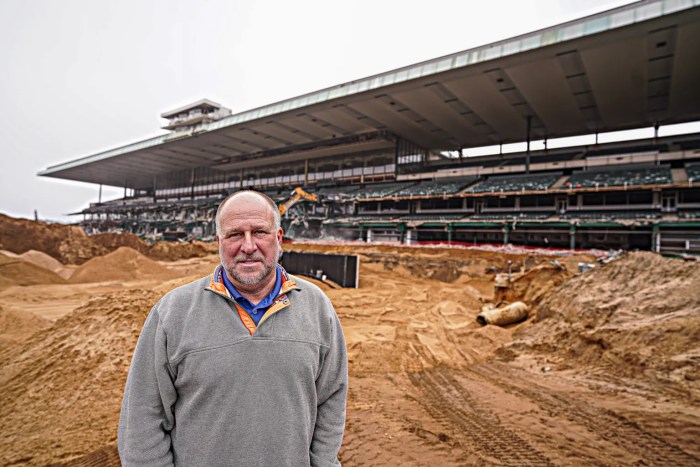By Zach Gewelb
It’s no secret the New York Mets have an abundance of big league outfielders. The Mets have five legitimate starting caliber outfielders on the roster and need to make playing time for each.
Yoenis Cespedes is the only one of the five guaranteed a spot in the everyday lineup at this time, with the others platooning to get equal playing time.
But Cespedes is not the only one who should have an every day role. The Mets would be wise to give Michael Conforto plenty of playing time this season.
Although Conforto struggled at the big league level last season, he still has the potential to be a middle-of-the-order bat for the Mets. The sweet-swinging lefty has played well early this spring, posting a .357/.372/.643 slash line with two home runs though his first 15 games.
While good spring training numbers don’t guarantee regular season success, it’s much better to have the type of numbers Conforto has than to not have them.
Conforto’s first two seasons at the big league level have shown two different types of players.
As a rookie in 2015, Conforto shined for the Mets, hitting .270 with nine home runs and a .335 on base percentage in 56 games.
He followed his strong debut with a rocky sophomore campaign, when he posted a .220/.310/.414 slash line with 12 home runs and 42 RBI in 109 games.
It’s no secret Conforto struggled in 2016, but his performance this spring has shown that his bat has returned to the 2015 version of Conforto.
But the Mets are not concerned with his ability to hit. Even through his struggles took him back and forth between the majors and Triple-A Las Vegas last year, New York never lost faith in Conforto’s bat.
Right now the Mets are trying to find a way to give Conforto regular at-bats at the big league level. It’s hard for a young player to make an impact without regular at bats, so the Mets are trying Conforto all over the outfield — including center field — to see if his defense is strong enough to keep in the lineup regularly.
And Conforto has looked good thus far, according to Terry Collins.
“[Conforto] is trying to show people that he can play anywhere, and I thought he’s handled himself very well out there,” Collins said. “He’s gotten some very good jumps on balls and he is probably going to run out there [to center field] a couple of more times.”
If Conforto can provide at least average defense at all three outfield positions, he will see more playing time.
After his defense, the biggest question about Conforto is his ability to hit left-handed pitching.
In 2016, Conforto went just 5-for-48 against lefties with no home runs and just two RBI, which will simply not cut it at the big league level. However, in the minors, Conforto’s line against southpaws was better at .488 with three home runs and 11 RBI in 41 at-bats.
If Conforto can show he is capable of hitting lefties at the big league level, that will open the door for more playing time.
The talent is there. Now it’s up to Conforto to put it all together.
If he can, expect Conforto to be a regular presence in the Mets’ lineup throughout the 2017 season.
Reach reporter Zach Gewelb by e-mail at zgewe


































